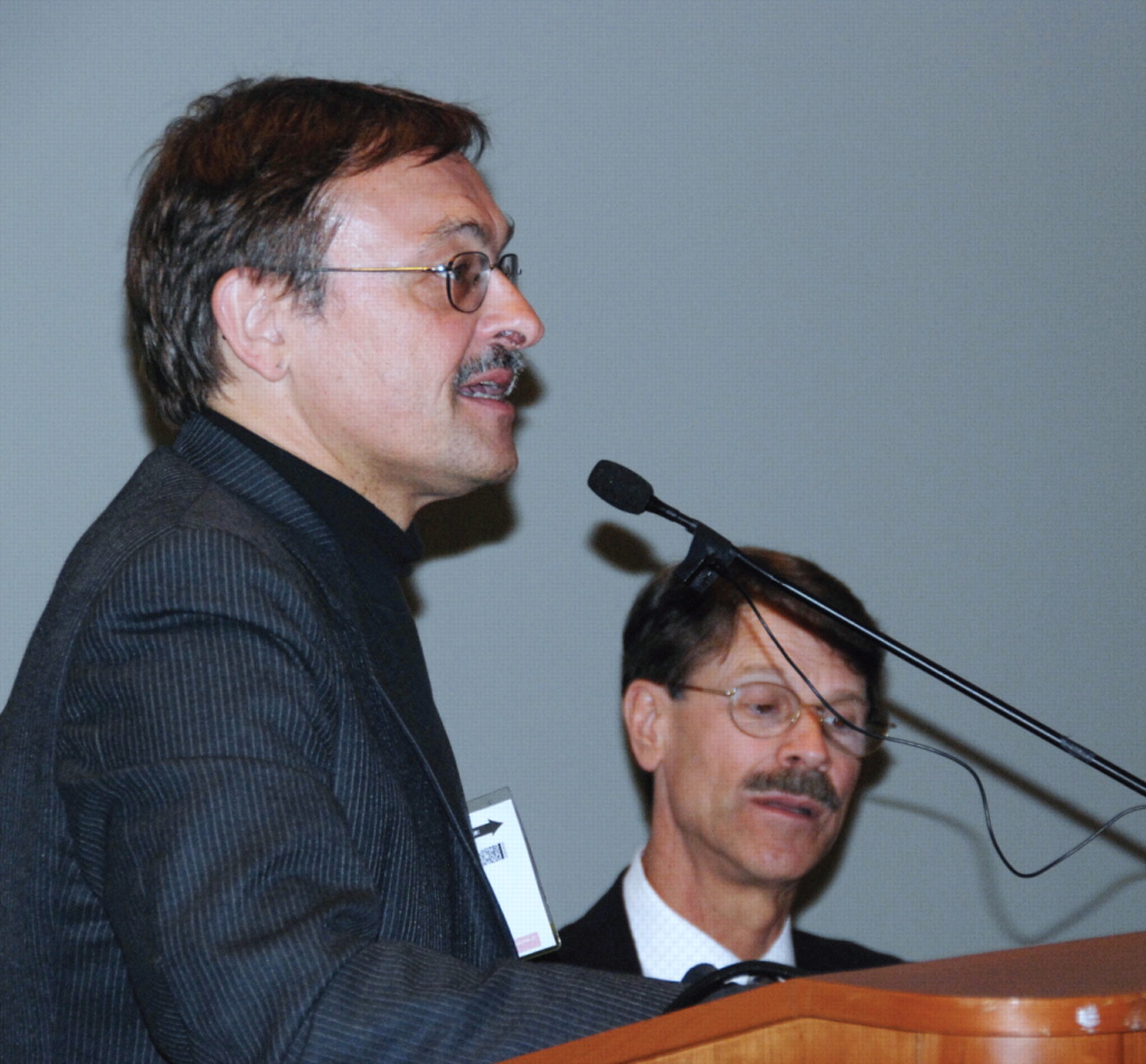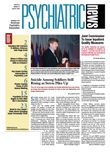Nothing happens without a story and an audience in American-Indian cultures, and that includes mental health and mental illness, Lewis Mehl-Madrona, M.D., Ph.D., reminded listeners at the 2008 APA annual meeting in Washington, D.C., in May.
Stories are the best way to store something in the brain because they facilitate perception and place the subject in an emotional context, said Mehl-Madrona, a psychiatrist and an associate professor of family medicine at the University of Saskatchewan.
European-derived cultures place primary emphasis on the individual and the material. By contrast, cultures native to North America revolve around a network of family, social, and spiritual associations tying together the teller, the tale, and the listener, he said in a session devoted to indigenous models of mind and mental health.
“In Lakota beliefs, health means that one's various modes of experience and expression were in balance,” said Mehl-Madrona.
That understanding can help when doing therapy with patients from Native-American populations.
“Learn the stories of people and get them to use those stories instead of the one you teach them,” he said. “At least begin to learn the language of the culture and the impact it has on culture, and the impact culture has on cognition and structure.”
“In the Western view, disease is the enemy,” said panelist Robert Crocker, M.D., a fellow in the Program in Integrative Medicine at the University of Arizona College of Medicine. “But in the traditional Indian view, disease is a great teacher. Disease is never about the individual but of the family, of the community, of the entire world.”
Many of the psychological problems found in native communities are due to the breakdown of this wider unity, said Crocker, who is of Choctaw descent. About 20,000 Choctaws were forcibly removed from their lands in Mississippi under the Indian Removal Act of 1830, and only 7,000 made it to the final destination in Oklahoma. Traumatic events such as that still afflict Native Americans.
“Take away the connection with our land and our ancestors or outlaw religious concepts, and those spirits will be displaced by other things, like alcohol,” he said. “The problem isn't alcoholism, it's reconnecting.”
Clinicians must seek to understand the patient's context and culture, then use them to create an environment of healing around the patient, Crocker said. Ritual and ceremony in every phase of Indian life play an important role, including in healing. However, even a physician in the Western medical tradition can take steps in that direction without altering practice much by bringing “mindfulness” to the patient-doctor encounter, he said.
A physical examination can be imbued with ceremony when done with respect and awareness, he said. “Writing a prescription in Latin and handing it to the patient is a ritual act and can be part of a healing experience.”
Involve the community in the therapeutic process, regardless of the form it takes, he urged. This might mean talking with the patient's friends and family, with special attention to the oldest relatives. Traditionally the extended family unit provided individuals support from multiple“ mothers” and “fathers.” Persuading a grandmother of the value of a grandchild's treatment may boost medication compliance for any modality the clinician is using.
“If you just prescribe drugs without some kind of social reinforcement, the patient may throw them away when symptoms don't immediately disappear and [the patient may never come back to see you],” he said, noting that cultural components of treatment may have other benefits too.“ Risperidone is much more efficient if patients pray over it. You [can] use a lower dose, and there are fewer side effects.” ▪

